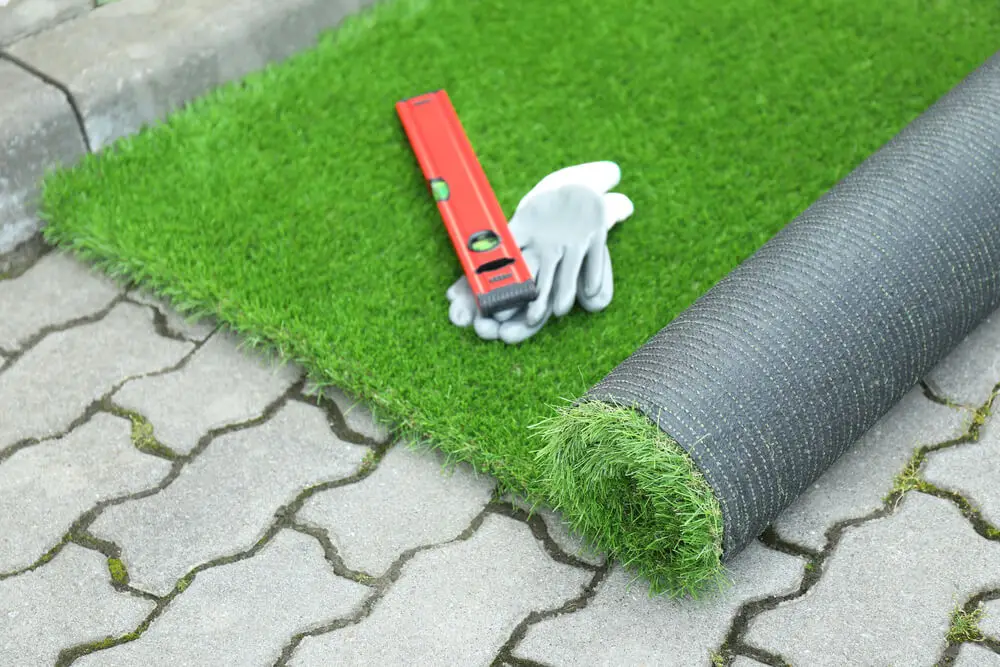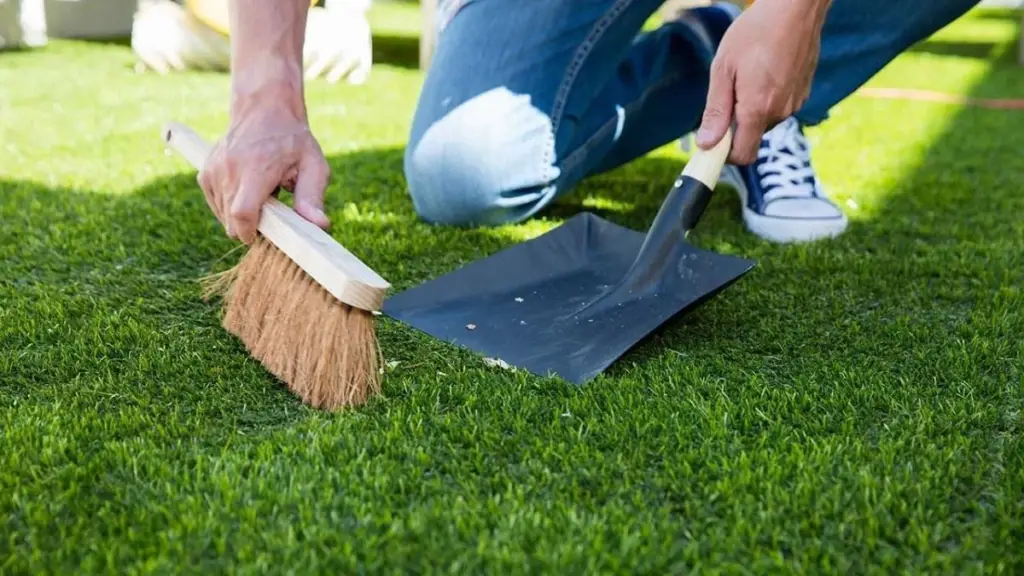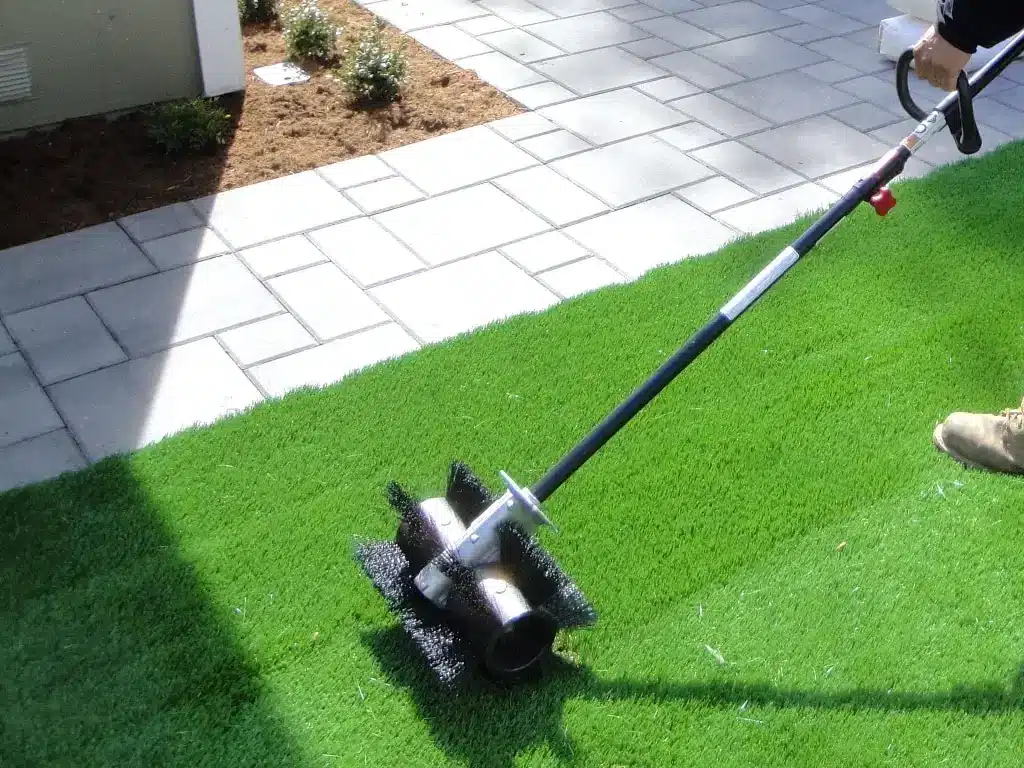Artificial grass is an excellent investment for homeowners looking for a low-maintenance, beautiful lawn all year round. While it eliminates the need for mowing and regular watering, it still requires periodic care to ensure it looks pristine for years to come. If you want to maintain the beauty and durability of your artificial turf, follow these essential tips for keeping it in top condition.
Why Artificial Grass Maintenance is Important
Maintaining your artificial grass not only helps keep it looking fresh but also ensures its longevity. Over time, dirt, debris, and wear can cause the grass fibers to lose their vibrancy. By regularly cleaning and caring for your synthetic lawn, you can preserve its appearance and prevent unnecessary damage. For high-quality solutions, you can trust Dubai Artificial Grass to provide you with the best turf options and maintenance tips.


1. Regular Cleaning is Key
One of the simplest ways to maintain artificial grass is by cleaning it regularly. Cleaning removes dirt, leaves, pet waste, and other debris that can accumulate on the surface.
How to Clean Artificial Grass:
- Brush the Surface: Use a stiff-bristled brush to lift the fibers of your artificial turf. This will prevent them from flattening out and keep the grass looking lush and full.
- Remove Debris: Pick up any visible debris, such as leaves, twigs, and trash. A leaf blower or rake can be helpful for this task.
- Wash with Water: Hose down your turf with water to wash away dust and smaller particles. If there are any stubborn stains, a mild detergent mixed with water can be used.
Tip: Avoid using harsh chemicals, as they can damage the fibers of your artificial grass. Stick to gentle, eco-friendly cleaners when necessary.
2. Brush the Fibers Regularly
Artificial grass fibers can become matted and flattened due to foot traffic, weather, or pets. Regular brushing helps restore their shape and keeps your lawn looking fluffy and natural.
How to Brush Your Artificial Grass:
- Choose the Right Brush: Use a stiff brush or a specialized turf rake. A power brush may be necessary for large areas.
- Brush in Different Directions: To keep the fibers upright, brush the grass in multiple directions, including against the grain.
- Frequency: Brush the artificial turf once or twice a month to maintain its appearance, or more often if it’s heavily used.
3. Remove Pet Waste Promptly
If you have pets, keeping your artificial turf clean is especially important. Pet waste can not only cause unpleasant odors but can also stain or damage the fibers if left untreated for too long.
How to Clean Pet Waste from Artificial Grass:
- Pick Up Solid Waste: Use a scoop or gloves to pick up solid waste, just like you would with natural grass.
- Rinse with Water: Hose down the area to remove urine and prevent any buildup.
- Use a Pet-Friendly Cleaner: If necessary, use a pet-safe cleaning solution to disinfect the area and eliminate odors.
4. Prevent Damage from Heavy Objects
Heavy objects, such as furniture or large equipment, can cause indentations or damage the fibers of artificial grass if left in place for too long.
How to Protect Artificial Grass from Heavy Objects:
- Move Objects Regularly: If possible, avoid leaving heavy objects in one spot for extended periods. Rotate furniture or move play equipment to different areas to prevent compaction.
- Use Protective Mats: Consider using protective mats or furniture pads under heavy items to distribute weight evenly across the turf.
5. Address Drainage Issues
Proper drainage is crucial for the longevity of your artificial grass. If your turf doesn’t drain properly, water can accumulate, leading to an unsightly, smelly lawn.
How to Ensure Proper Drainage:
- Check for Puddles: After heavy rainfall, look for areas where water collects. If puddles form, it may indicate poor drainage.
- Clear Drainage Holes: Ensure that any drainage holes or channels in your artificial grass are clear of debris.
- Consider Installing Additional Drainage: If your lawn frequently floods, you may need to install additional drainage solutions like French drains or perforated pipes beneath the turf.

6. Deal with Stains Promptly
While artificial grass is designed to be low-maintenance, it is still susceptible to stains. Spills from food, drinks, or oil can leave unsightly marks if not cleaned quickly.
How to Remove Stains from Artificial Grass:
- Act Quickly: As soon as a spill occurs, clean it up immediately using a mild detergent and water solution.
- Blot, Don’t Scrub: When cleaning a stain, avoid scrubbing too hard, as this can damage the fibers. Instead, blot the area gently to absorb the liquid.
- Use Baking Soda: For stubborn stains or odors, sprinkle baking soda over the affected area, let it sit for a few hours, and then rinse it off.
7. Perform Annual Deep Cleaning
In addition to regular maintenance, it’s a good idea to perform an annual deep cleaning of your artificial grass. This ensures that all dirt, bacteria, and buildup are removed, giving your turf a fresh look.
How to Deep Clean Artificial Grass:
- Use a Power Washer: A pressure washer can help remove deep-seated dirt and debris that regular cleaning might miss. Make sure to use a low-pressure setting to avoid damaging the grass.
- Rinse Thoroughly: After power washing, rinse the turf thoroughly with clean water to remove any remaining detergent or cleaning solution.
- Re-brush the Grass: After washing, brush the fibers again to ensure they stand upright and maintain their natural appearance.
8. Check for Wear and Tear
Even though artificial grass is designed to be durable, over time, it can show signs of wear, particularly in high-traffic areas.
How to Repair Artificial Grass:
- Examine the Turf: Check for any loose seams, tears, or worn patches.
- Use Artificial Grass Repair Kits: If you notice damage, there are artificial grass repair kits available that can help fix small issues like seams coming apart or small holes.
- Replace Damaged Sections: For larger areas of damage, it might be necessary to replace a section of turf. Consult a professional for advice on how to proceed.
9. Avoid Excessive Heat
Excessive heat or direct exposure to extreme temperatures can cause artificial grass to fade or degrade over time. Avoid placing hot objects directly on the turf, as this can burn the fibers.
How to Protect Turf from Heat:
- Provide Shade: If possible, use outdoor umbrellas or canopies to provide shade for your artificial lawn during the hottest parts of the day.
- Avoid Using Hot BBQs or Fire Pits: Keep hot objects like grills or fire pits away from the turf to prevent potential damage.
Conclusion
With proper care and maintenance, your artificial grass carpet can stay beautiful and functional for many years. By following these tips, from regular cleaning and brushing to protecting against wear and tear, you can ensure that your synthetic lawn continues to enhance the beauty of your outdoor space. Whether you’re tackling pet waste, preventing damage from heavy objects, or addressing drainage issues, a little effort goes a long way in keeping your artificial grass looking its best.
- 3shares
- Facebook0
- Pinterest3
- Twitter0



